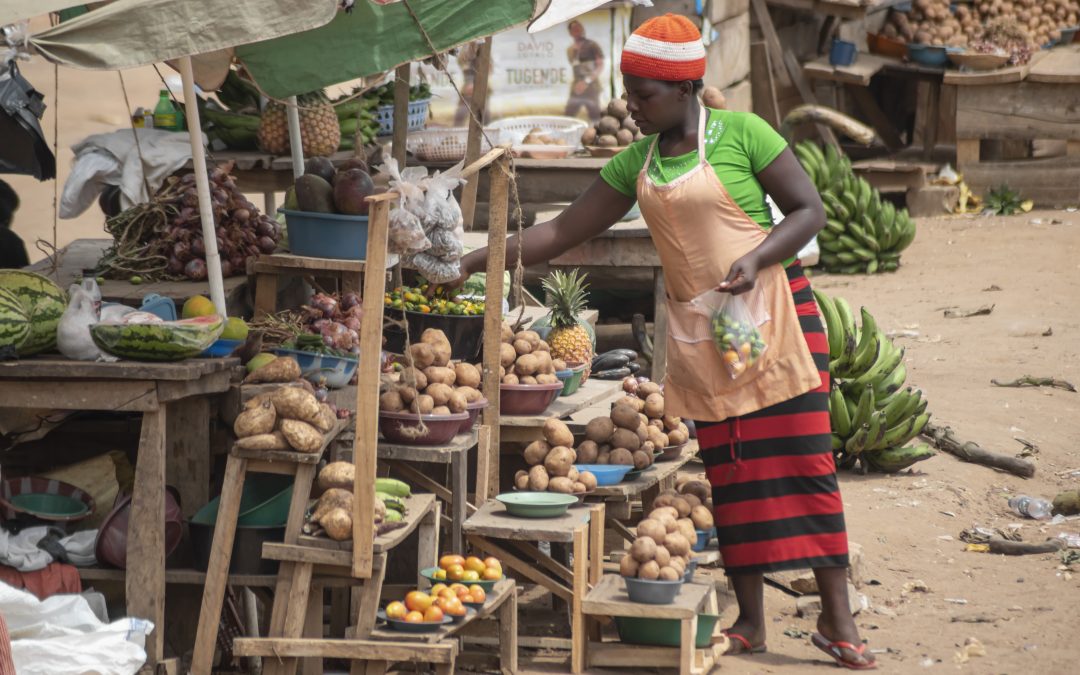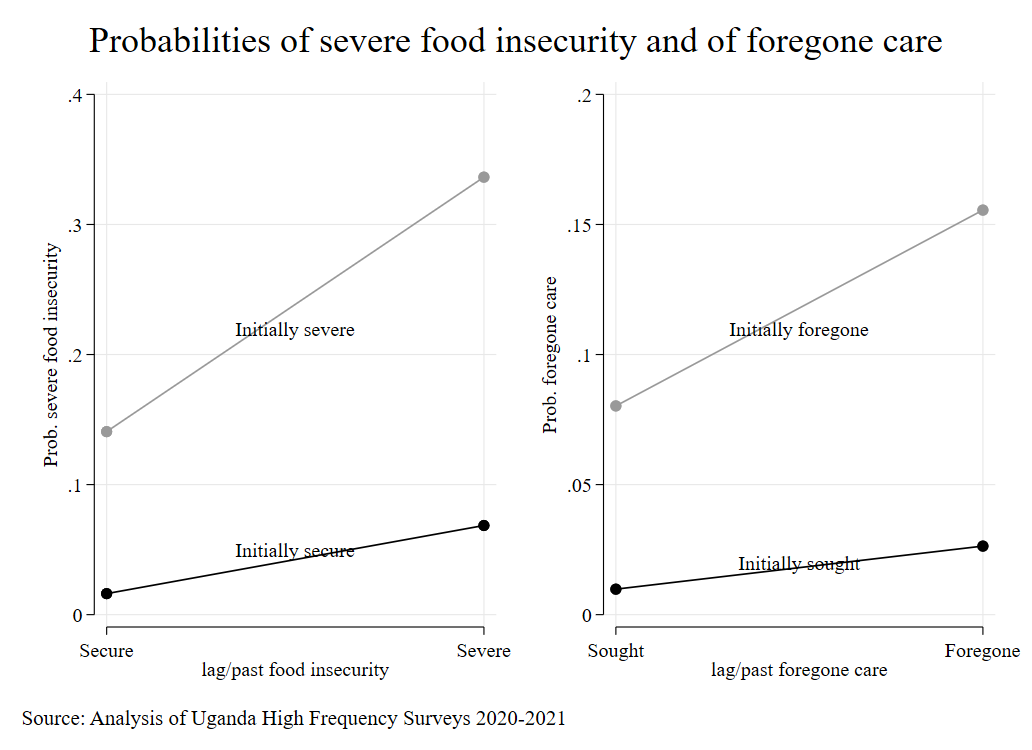Gindo Tampubolon, Lecturer in Poverty, Global Development Institute
In response to the Covid-19 pandemic, many countries imposed severe restrictions or lockdowns on a swath of activities across society. Uganda is no exception. On 20 March 2020, a stay at home restriction was issued. The death toll is globally reported, but amongst those still living, it is not known how much suffering remains one year on: how many forego healthcare thus storing problems for their health in future and how many forego eating thus compromising their wellbeing.
The custodian of Sustainable Development Goal 2.1 (‘Zero Hunger’) has devised an international instrument of food insecurity to monitor progress in achieving this goal. But even they (the UN Food and Agricultural Organization) could not have foreseen that the instrument, the Food Insecurity Experience Scale, will suit a time of the pandemic. But the Scale is indispensable if we are to fathom the distance from zero hunger in the wake of this pandemic.
Since the March lockdown, the government has surveyed families in five rounds of the high-frequency survey until February 2021, marking a year from the lockdown. The High-Frequency Surveys were deployed in a number of countries to monitor people’s health and welfare and governments’ responses. At issue is whether government transfers are effective to mitigate the impact of the pandemic. Foregone care was elicited with two questions: have you (any member) needed medical treatment? Were you (any member) able to access the treatment? If they needed treatment, yet unable to get it, then they had foregone care, else they had not. In short, foregone versus sought care. Then the Scale was elicited with eight standard questions tested in the Voice of the Hungry project to derive a standard binary indicator of severe food insecurity. Severe food insecurity indicates going one whole day without food in the last month. In short, severe insecurity versus security. Additionally, base information on the survey includes economic status (consumption per person), gender and education of family head, place of residence (urban or rural) and family size. One year on how much-foregone healthcare was there? How severe was food insecurity? How have both unfolded?
In the May initial survey, 27% of families reported severe food insecurity and 11% reported foregone care. One year on, these figures have been markedly reduced: 8% reported severe food insecurity and 4% reported foregone care. At any point during the period, 5.6% of families received government transfers aimed at reaching those with severe food insecurity and foregone care.
But the improvement in these figures masks a widening gap. Families who had foregone care in one period are likely to do the same in the next; similarly, families who were in severe food insecurity in one period are likely to be so in the next. Food insecurity or foregone healthcare can be persistent unless the government transfer is targeted. A dynamic model which includes past status is needed to investigate. The results are plotted here.
The left pane of the above graph shows families who were food secure initially, had low probabilities of being in severe food insecurity one year on. At any time in the period since the lockdown, their past food insecurity status did not much determine their subsequent food security (flat dark line). In contrast, those who were initially in severe food insecurity, at any time in the period, their food insecurity status strongly determines their subsequent food insecurity. Together this difference creates wedge dynamics where the initial difference was amplified in the wake of the pandemic. The same wedge dynamics transpired in foregone healthcare. Government transfers have failed in preventing the widening gaps.
In conclusion, some governments are more effective than others in responding to the covid-19 pandemic, devising different degrees of protection to the lives of their people. In Uganda, the food insecurity and healthcare access situation has improved a year on. However, it is equally clear that health problems are postponed and human development is hampered with foregone care and severe food insecurity. Government transfers need to be more effectively targeted than currently is to prevent storing problems that will return long after the pandemic is written into history.
Note: This article gives the views of the author/academic featured and does not represent the views of the Global Development Institute as a whole.


